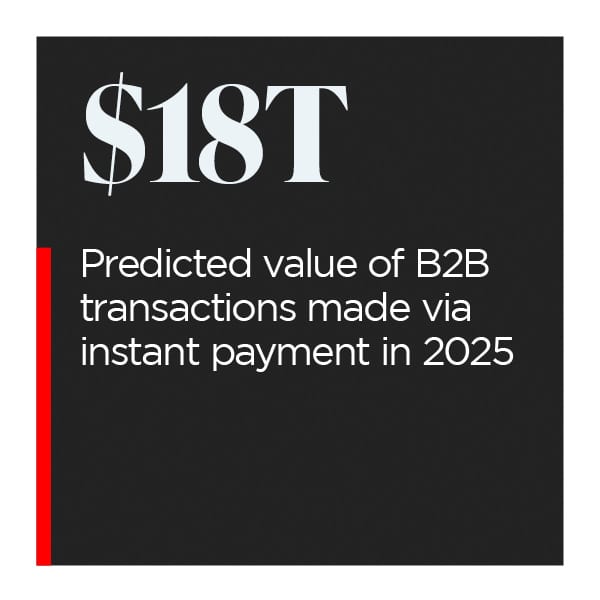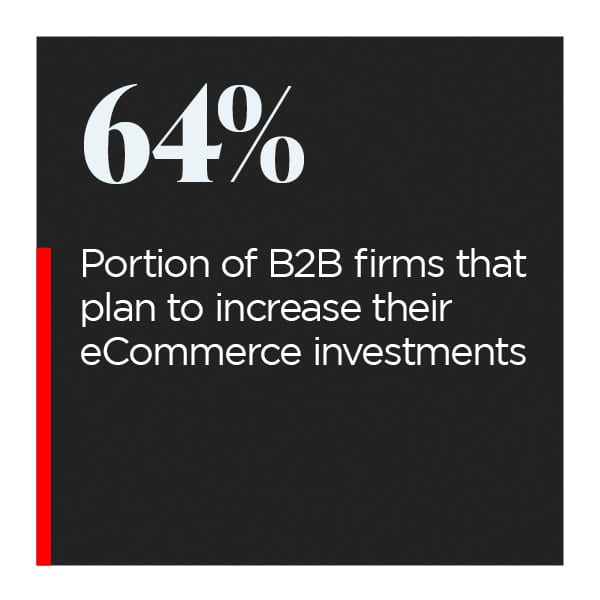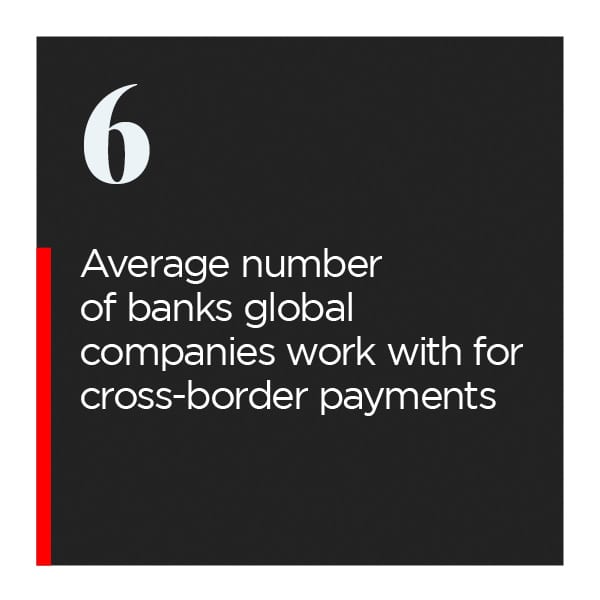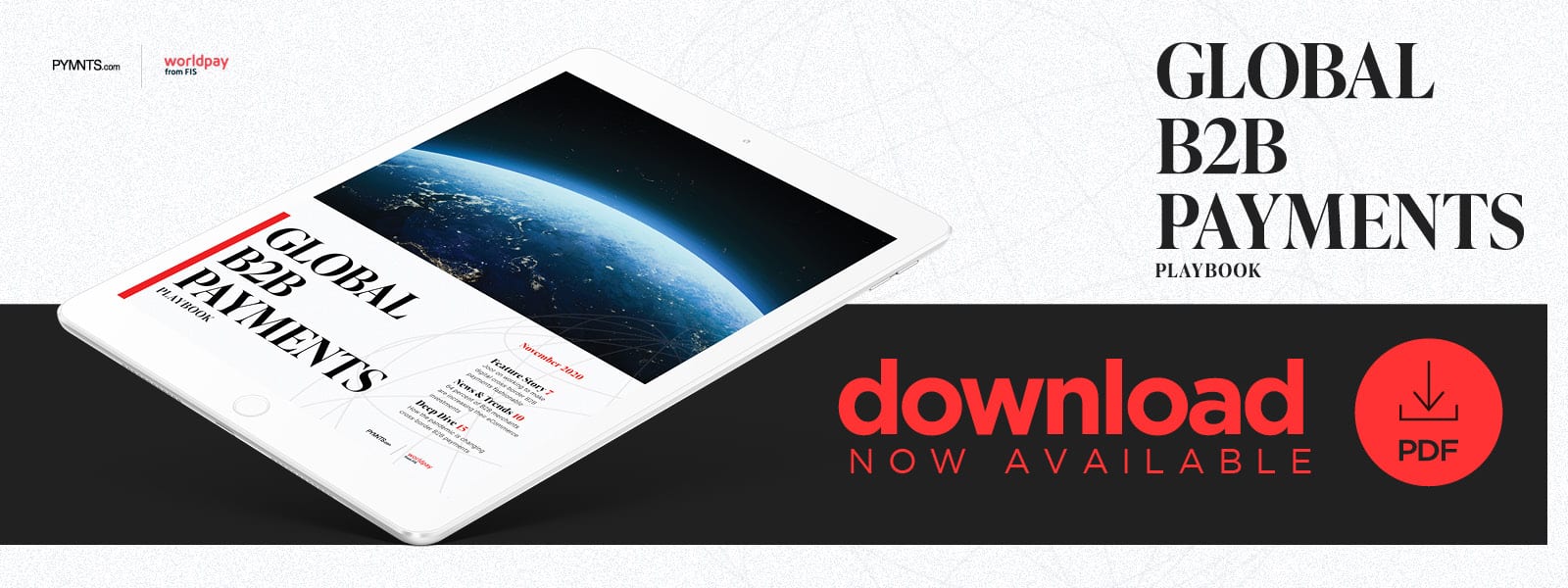Joor Brings Global B2B Payments To The Fashion Runway

Domestic B2B payments are complicated enough, but making these payments across international borders is a whole other challenge.
Companies that rely on cross-border B2B payments may not have to deal with paper checks, but ever-shifting foreign exchange (FX) rates, mounting paper invoices and other manual processes and security worries surrounding wire transfers are just a few of the typical friction points they are facing.
These challenges have only intensified during the pandemic, when manual payment processes can slow down cross-border business to a level that is often untenable to keep operations moving. Cross-border B2B payments typically pass through six banks on average before they are finalized and can often take up to five days before they actually arrive to where they are supposed to be — and the pandemic  has only added new complications to processes that were already difficult and lengthy. Businesses worldwide, therefore, are looking for alternatives.
has only added new complications to processes that were already difficult and lengthy. Businesses worldwide, therefore, are looking for alternatives.
In the inaugural edition of the Global B2B Payments Playbook, PYMNTS examines how the pandemic is impacting the cross-border B2B payments world, what payments experiences businesses worldwide are now seeking due to that impact, and the digital tools and technologies that may prove most critical to meeting those experiences.
Around The Global B2B Payments World
It can be difficult for companies to keep pace with their competitors when they need to wade through time-consuming and manual B2B cross-border payment processes. One firm that has announced plans to further digitize its cross-border payments is global industrial manufacturing company General Electric (GE). GE is aiming to reduce some of the confusions that often arise with these types of payments, as well as the time it typically takes to complete them. It will be examining how tools such as automation could be used within this space and has also announced its intent to upgrade its FX infrastructure for greater efficiency.
Companies also expect that digital in general will come to take a greater stake in the way cross-border business is conducted. One study found that 64 percent of B2B merchants are currently seeking to increase their investments surrounding eCommerce, for example. The effects of the pandemic have also nudged these entities into reconsidering the role of digital sales. The study also found that these B2B merchants believe that online sales are at least two to three times as important as sales in more traditional channels. This indicates that businesses are aware of the changing role of digital and are looking to employ the technologies and tools that will allow them to thrive in this arena.
 The jump to digital may also be opening the door for younger, nimbler competitors to slip into the cross-border B2B world as others step back. Banks and other financial players in regions such as the United Kingdom are also still attempting to understand the impacts of Brexit, as well as that of the pandemic and the resulting digital shift. This combination of factors is leading two of the market’s largest financial institutions (FIs) to reduce some of the cross-border products they offer, with both Barclays and Lloyds eliminating support for expatriate accounts for customers based in the European Union. This could create an opportunity for FinTechs and other third-party players to close into this gap, however, and to potentially occupy a greater role inside of the cross-border payments space.
The jump to digital may also be opening the door for younger, nimbler competitors to slip into the cross-border B2B world as others step back. Banks and other financial players in regions such as the United Kingdom are also still attempting to understand the impacts of Brexit, as well as that of the pandemic and the resulting digital shift. This combination of factors is leading two of the market’s largest financial institutions (FIs) to reduce some of the cross-border products they offer, with both Barclays and Lloyds eliminating support for expatriate accounts for customers based in the European Union. This could create an opportunity for FinTechs and other third-party players to close into this gap, however, and to potentially occupy a greater role inside of the cross-border payments space.
For more on these and other stories, visit the Playbook’s News & Trends.
How Joor Is Tapping Digital B2B For Fast, Fashionable Payments
Industries such as the luxury fashion space have been global for decades and have needed to deal with all of the complexities and frictions of conducting cross-border B2B payments for equally as long. Multiple industries looking to make cross-border payments to fellow businesses are also struggling to deal with the impacts of the pandemic on normal business operations. Many have begun to rethink the way they pay their overseas vendors or suppliers, meaning that those firms still clinging to manual B2B payments processes may be operating at a disadvantage.
In this month’s Feature Story, PYMNTS talks with Kristin Savilia, CEO for fashion wholesale management platform Joor, to discover how the pandemic is changing B2B cross-border payments inside the luxury fashion industry.
To learn more about how Joor is leaning toward digital payments for seamless cross-border B2B transactions, visit the Playbook’s Feature Story.
 Deep Dive: Why Firms Must Optimize Their Cross-Border B2B Payments During The Pandemic
Deep Dive: Why Firms Must Optimize Their Cross-Border B2B Payments During The Pandemic
The global health crisis appears to be exacerbating many of the traditional pain points involved in the cross-border payment process, including adding more friction to confirming wire transfers as well as bringing new security concerns to light. This is leaving many entities to seek out alternative methods of payment that can potentially solve these challenges, including integrating new methods such as card and digital payments. These tools may be able to better streamline B2B payments to create more speed and security, as well as transparency of cash flows.
This month’s Deep Dive examines how recent events are causing businesses to look to digital tools to complete their cross-border B2B transactions, and what that means for the future of global business.
To learn more about how the pandemic is affecting cross-border B2B payments, visit the Playbook’s Deep Dive.
About The Playbook
The Global B2B Payments Playbook, a PYMNTS and Worldpay by FIS collaboration, examines the latest headlines in the cross-border B2B payments space and why businesses are gravitating toward digital solutions to maintain seamless and robust global business relationships.
